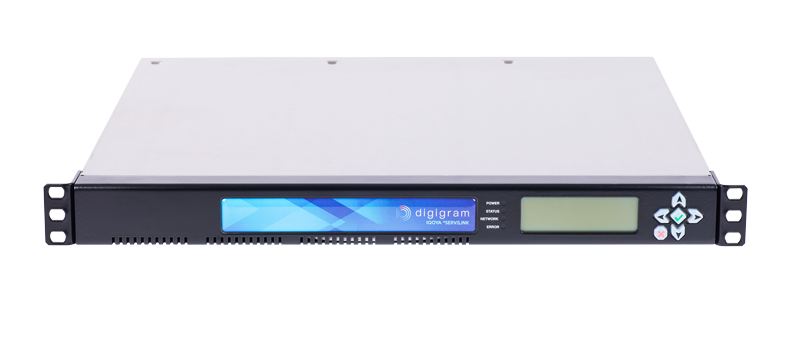Today, radio shows and programs are often made of bits and pieces patched together into one or more broadcast: local news neighbor disheveled and creative talk shows, all sprinkled with inserts of weather forecasts that should reach the appropriate regional area – this joyous mix and match can turn into a tech nightmare for radio producers once they focus on the ‘mechanics’.
From home-made contents, local inserts to outsourced productions grabbed here to be broadcasted there, how do radio professionals seamlessly and safely blend radio contents originating from various sources with destinations that can multiply? How do they direct parts of a show to one point and safely deliver the streams to the right receiver? Not to mention the various audio formats the contents are provided with?
Roll up your sleeves, Digigram solutions will clear the way and provide clean answers to avoid any radio limbo.
Imagine a national radio with local antennas: they have received 8 freshly outsourced audio contents that are intended to be broadcasted to approx. 60 radios throughout the country, often topped with local inserts.
The challenge here is to send the appropriate content to each radio station over an unmanaged WAN IP network that only supports unicast (point to point), with encoder and streaming redundancy.
The radio HQ will supervise and literally orchestrate not only the routing of each stream to its relevant local recipient, but also the overall status of all codecs on the network and the detection of IP streams: at any moment, HQ can start/stop any stream and control the switching from a content source to another one, so as to stream the appropriate audio content to each distant radio station.
Switching can be operated either manually or through a scheduler, and trigger information is transported along with the audio content: local inserts will kick in timely at the appropriate radio stations.
The solution

To achieve this efficient system, the radio HQ will be equipped with two redundant IQOYA SERV/LINK units that receive the same 8 AES3 contents and the same trigger signals on GPI’s. Each SERV/LINK encodes the 8 programs in AAC-LC, and its configuration generates as many streams as local radio stations (60). Each IP stream carries an encoded audio source and trigger statuses. An application, dedicated to control and monitoring, will send SNMP commands to the two SERV/LINK units to start or stop any of the 60 IP streams, and modify if needed the encoded audio source to be embedded in an IP stream. The Admin can easily schedule all operations ahead thanks to the SNMP application.
At each distant radio station, an IQOYA X/LINK-ST is ready to decode a main stream on the first decoding priority, together with the associated backup stream on the second decoding priority.
X/LINK automatically switches from the main to the backup stream upon configurable stream loss/recovery durations. The GPOs reflect the statuses as extracted for the decoded IP stream, and are used to trigger insertion of local content.
From the HQ, the status of all the codecs and IP streams is visible at a glance because displayed in the monitoring application. Simple and easy to oversee what is going on the network in real time
Benefits of the solution
- Small and powerful: 2 U for a redundant solution that encodes the 8 stereo programs and generates 60 different IP streams.
- Scalable solution: add extra audio inputs
SERV/LINK supports up to 16 AES3 inputs (and up to 64 stereo inputs in MADI, AES67, or Dante), - Scalable solution: add more distant radio stations: inputs and outputs can stream much more IP streams.
- Possibility to control IQOYA SERV/LINK via SNMP to change the audio content of any IP stream without interrupting it.
- Easy integration in any SNMP based NMS.
Learn more
SERV/LINK product page





